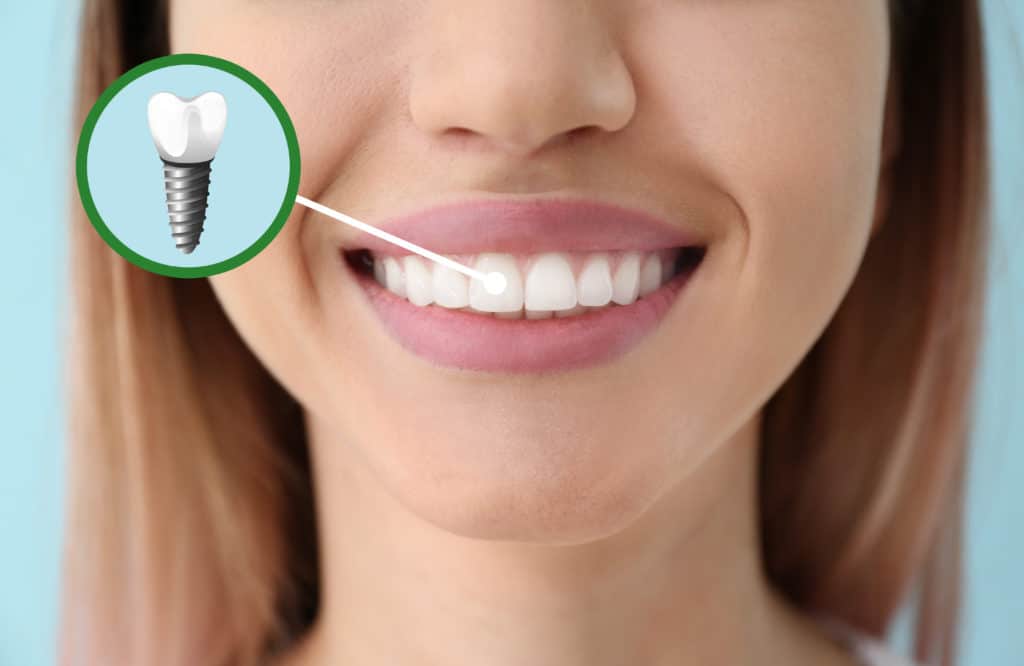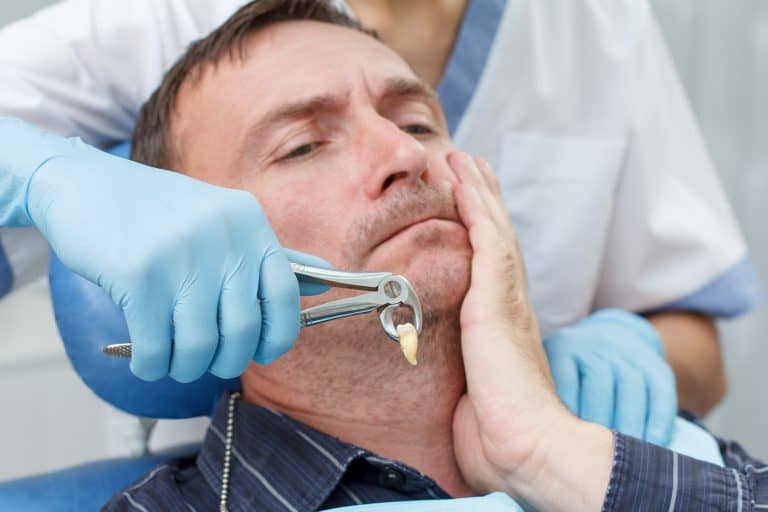If you have a missing tooth gap and your dentist has recommended dental implant treatment, you should be aware of the different dental implants so you and your dentist can collectively determine the best choice for your smile.
Dental implants are artificial teeth that are used to replace missing natural teeth. The artificial tooth, typically known as the crown, is implanted on top of an abutment that sits over a titanium screw that’s infused into your jawbone. They’re designed to work in the same way that your natural teeth do.
Fitted implants, on the other hand, come in a variety of shapes and sizes. Their prices also differ, but they all have one goal: to provide you with a procedure that meets your demands. No two mouths are the same size, meaning different implant treatments are used. An implant that works for one person may not function in the same way for another.
The Different Types Of Dental Implants
Let’s understand the different types of dental implants available in dentistry today.
Single Implant
As mentioned above, a single implant is designed to replace a single natural tooth and restore the missing aesthetics and comfort. The crown attached to the jawbone will be moulded to the correct size and shape, and the dentist will take accurate measurements for this. A single implant requires the same level of maintenance as you would for your natural teeth.
Endosteal Implants
Endosteal implants are the most common type of implant used since they are more comfortable for most patients. The implant is drilled into your jawbone and crowned with an artificial tooth. Endosteal implants are the most effective option for people who lack teeth. They recover quickly and don’t take long to settle. Furthermore, they do not rely on neighbouring teeth for support.
Subperiosteal Implants
Subperiosteal implants are a type of endosteal implant that sits on top of the bone rather than being infused into the jawbone. Because the implant is placed on top of the bone but still under the gum, no screws are required for the subperiosteal therapy. A metal frame with a connected post is placed beneath it. As the gums heal, the frame is held in place by the artificial tooth, secured to the post. Patients with weak jaw structures and poor bone stimulation require this treatment.
Zygomatic Implants
Although this type of implant is a rare treatment option, it is nevertheless worthwhile. The most difficult to treat are zygomatic implants, which are required for patients with poor bone stimulation and jaw anatomy. The implant is implanted in the cheekbone rather than the patient’s jawbone.
Implant-Supported Bridgework
Implant-supported bridges are recommended for those people who’ve multiple missing teeth. A bridge is attached to both sides of the gap to improve the functioning of your teeth. They are typically called fixed bridges which don’t need to be removed like partial dentures.
All-On-Four Dental Implants
All-On-Four dental implants are a reliable option for those with multiple missing teeth. The technique is designed to provide a full arch of teeth supported by four implants, positioned at certain angles that deliver stabilisation and support.
How Do I Know Which Implant Is Right For Me?
The main question that you’re more than likely to ask is which types of dental implants are right for me? Ultimately, you need to understand each of the implants in greater detail to understand what they entail and whether they suit your dental health needs. This can be determined by visiting the dentist for a check-up appointment.
The dentist must ascertain if your dental health is strong enough to withstand an implant. Check yourself in for an appointment today!




